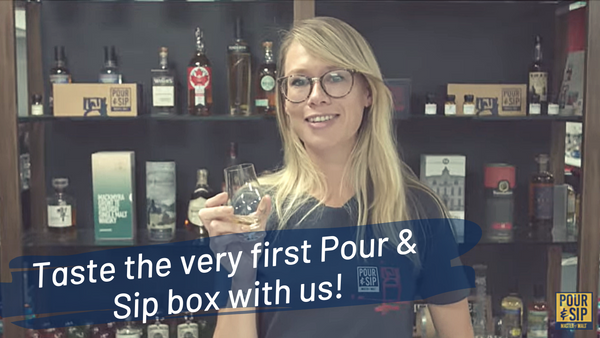Yes, terroir really does exist in whisky

You may have clocked the notion of terroir being explored in your Waterford whisky this month, so we decided to delve a little deeper into this relatively new notion – and the research that actually backs it up.
There are many things that might spring immediately to mind when thinking about factors which influence the flavour of a whisky: cask type, maturation length, fermentation times – maybe even yeast strains. But one thing that doesn’t often crop up is not only the type of barley, but where it’s grown, too.
It’s been a divisive point in the spirits industry, as it’s often assumed that distilling the base product would eliminate all influence it could impart. Because wine is just fermented (and perhaps briefly rested in cask), filtered, and bottled, the influence of the grape is centre stage.
It’s not unusual for distilleries to import barley from outside their home countries (just last week we looked at Israel’s Milk & Honey distillery, which imports its barley from England), focusing on other aspects of flavour. But not Waterford; this is at the heart of its distilling journey. Gaia 1.1 from Waterford’s Arcadian series (which you enjoyed in April’s Pour & Sip box) is just one example of a terroir-focused whisky* from the Irish distillery.
Not only is Waterford proving the theory of terroir in whisky through its liquid, but in February 2021 an actual academic paper (funded by Waterford) was published in the peer-review journal Foods. (If you want to get really geeky, you can read the full article in all its glory here.) The study analysed two barley varieties, Olympus and Laureate, grown on two Irish farms (Athy in County Kildare, and Bunclody in County Wexford) in 2017 and 2018. Each barley sample was malted and distilled in a lab, creating 32 different whisky distillate samples. These were then tested by lab analysts using gas chromatography–mass spectrometry–olfactometry (GC-MS-O), and tasted by sensory experts. The findings? 42 different flavour compounds were identified, half of which were directly influenced by terroir.
How does that translate into actual taste? The barley from Athy grew inland in a warmer, drier climate, in soil with a higher pH, and higher levels of calcium, magnesium, and molybdenum – the new make (the clear spirit which comes straight off the still) showcased “toasted almond notes, and a malty, biscuity, oily finish.” In contrast, the barley from the Bunclody farm, having grown in soil with higher amounts of iron, copper, and manganese, much closer to the coast, produced new make which was “lighter and floral, with a flavour of fresh fruitiness.”
Yes, this was only new make spirit – who knows how the notion of terroir will fare after that has been rested in oak for at least three years. Well, actually, hopefully the folks at Waterford will, because that’s what the next stage of their research will focus on. Keep your eyes peeled in 2022 for the results of that.
This isn’t to say that all whisky showcases terroir – just that it’s possible! As always, let us know your thoughts about the study on our social channels, I know it’s a divisive notion. Let’s discuss it!
Until next time,
Jess 🥃
*Not a typo – the eagle-eyed of you will have noticed that, unusually for an Irish distillery, Waterford prefers the spelling ‘whisky’ rather than ‘whiskey’.



